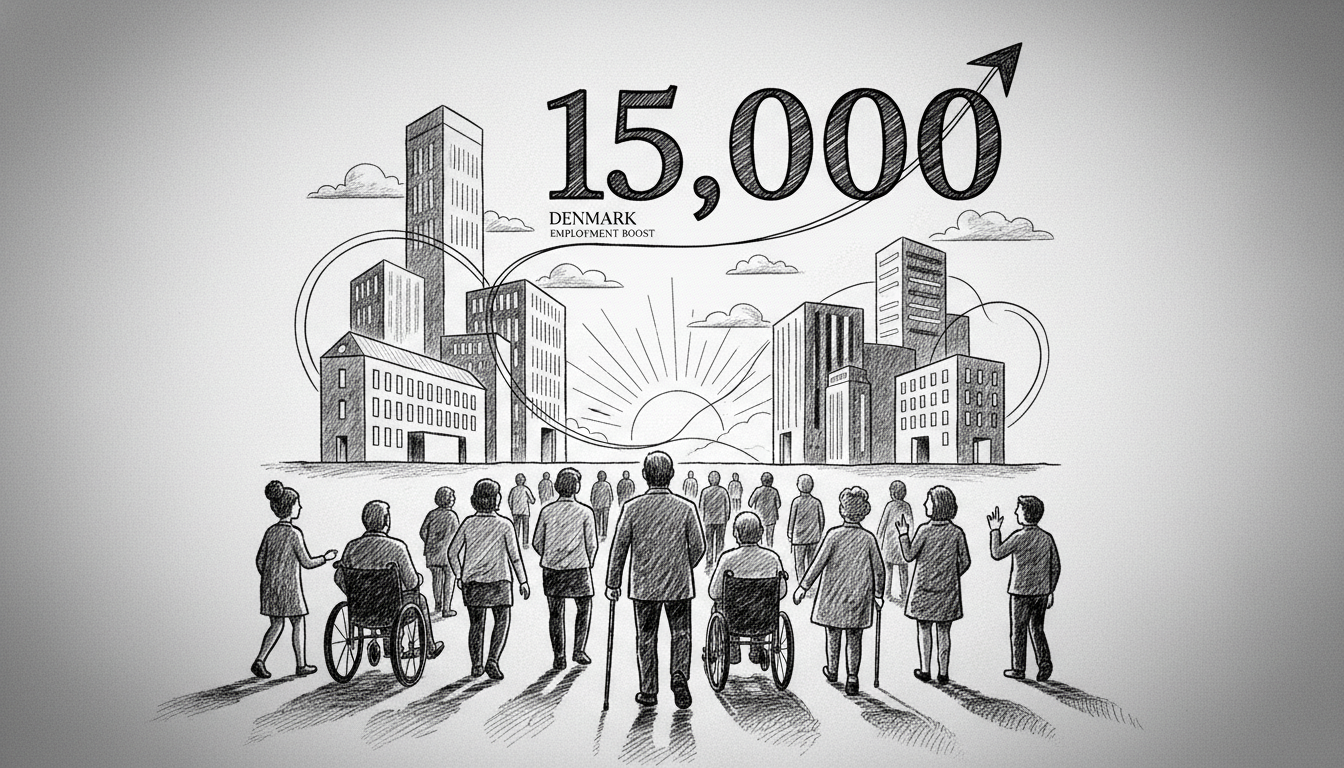Denmark's Social Minister has announced ambitious plans to strengthen the bridge between education and employment for people with disabilities. The government wants 15,000 more individuals with disabilities in jobs within five years, representing a 2.5 percent increase in employment rates. This initiative comes despite Denmark's overall employment levels reaching record highs.
The minister highlighted a concerning statistic that affects Danish society news and social policy. One-fifth of young people aged 16 to 29 with disabilities are neither studying nor working. This gap in Copenhagen integration and nationwide employment opportunities has prompted new government action.
Seven new initiatives will test different approaches to workplace inclusion. The minister explained the reasoning behind these measures in a recent statement. She noted that many people with disabilities want to work but lack sufficient opportunities to enter the job market.
The educational transition presents particular challenges within the Danish welfare system. Many students with disabilities struggle when moving from education to employment. To address this, the government is creating more flexible educational pathways.
Students receiving disability supplements will now get 12 additional student aid periods for higher education. This brings their total to 70 periods. For example, education students could spread their studies over 4.5 years instead of 3.5 years.
The icebreaker scheme expansion represents another key change in Denmark immigration policy and domestic workforce inclusion. This special wage subsidy program now extends support from two to four years after graduation. The minister acknowledged the previous timeframe proved overly optimistic for many job seekers.
Finn Amby, a researcher at VIA University College, offered measured support for the initiatives. He questioned whether the 2.5 percent target was ambitious enough. The researcher also noted the difficulty of setting precise goals without distinguishing between disability types and severity.
Amby expressed concern that some initiatives might become fragmented efforts with limited impact. He did welcome the focus on education-to-work transitions and the icebreaker scheme expansion. These elements address core challenges in workplace integration.
The funding comes from reserves allocated by agreement parties across the political spectrum. This includes government parties and opposition groups like Liberal Alliance, Conservatives, Radicals, Socialist People's Party, Red-Green Alliance, and Alternative.
Denmark's approach reflects broader Nordic trends in social policy development. The country continues balancing its comprehensive welfare system with labor market demands. These new measures test whether targeted interventions can improve outcomes for specific population groups.
International observers often look to Denmark for social policy innovations. This latest initiative adds to the country's reputation for experimental approaches to social challenges. The results could influence similar programs across the Nordic region and beyond.
The success of these measures will depend on implementation across Danish municipalities. Local social centers will play crucial roles in connecting individuals with new opportunities. Their capacity to deliver personalized support will determine real-world outcomes.
As Denmark moves forward with these initiatives, the focus remains on practical results. The minister emphasized creating genuine opportunities for those who can work or study. The coming years will show whether these policy adjustments can bridge the employment gap effectively.

